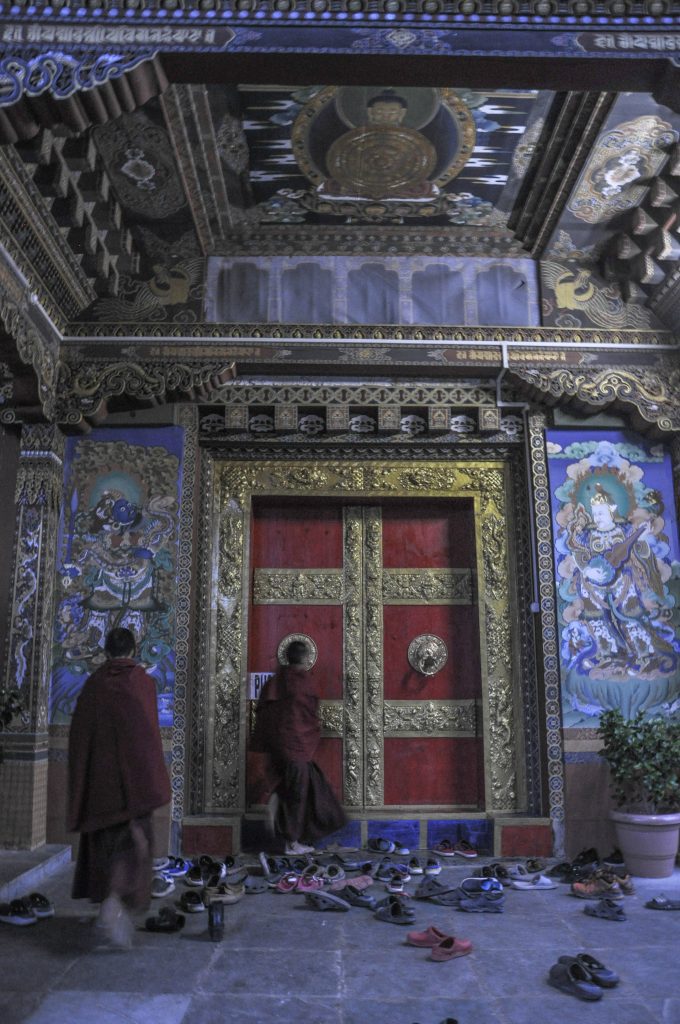
In 2020, I joined an unconventional group of pilgrims for a tour to know more about Bhutan’s most famous Terton (treasure revealer) Pema Lingpa, upon the invitation of Pawo Choyning Dorji. Before this journey, the Terton was just a chapter in a less than memorable history lesson in school, and I thought I would hardly have to study him again. Little did I realize that class was just a doorway to fascinating tales of prophecies, mystical characters, hidden termas, and a reincarnation that would shape my country’s ancient identity.
Have you ever heard of Samye monastery? Known to be the first official Buddhist monastery in Tibet, Samye is the most influential monastery in Tibet with over 1200 years of history. On the advice of Guru Rinpochhe, the Tibetan King built the original Kenchosum Lhakhang in Bhutan in the 8th century as Guru Rinpochhe felt the need of a monastery in Bhutan that could be of the same importance as Samye in Tibet.

How is this connected to Pema Lingpa? During his time in Tamzhing, the famous Terton is said to have renovated the temple. Furthermore, the Tibetan monks who were welcomed by the Tamzhing family, expanded their Peling schooling into Kenchosum lhakhang. The grand structure that you see today of the Lhakhang is an interesting renovation design constructed under the patronage of Sungtrul Rinpochhe (11th Pema Lingpa reincarnation) This was done when a butter lamp fire accident burnt parts of the original temple in 2009.
In order to safeguard the original structure but also to accommodate the growing monk body at the shedra, the grand outer design was added surrounding the small main temple; like a temple inside a temple. It’s quite an interesting architectural sight I must say. “The grand outer structure of Kenchosum Lhakhang accommodates the Drupchhens and other religious events here, but the inside and the heart remains the same from the 8th century,” described Pawo.